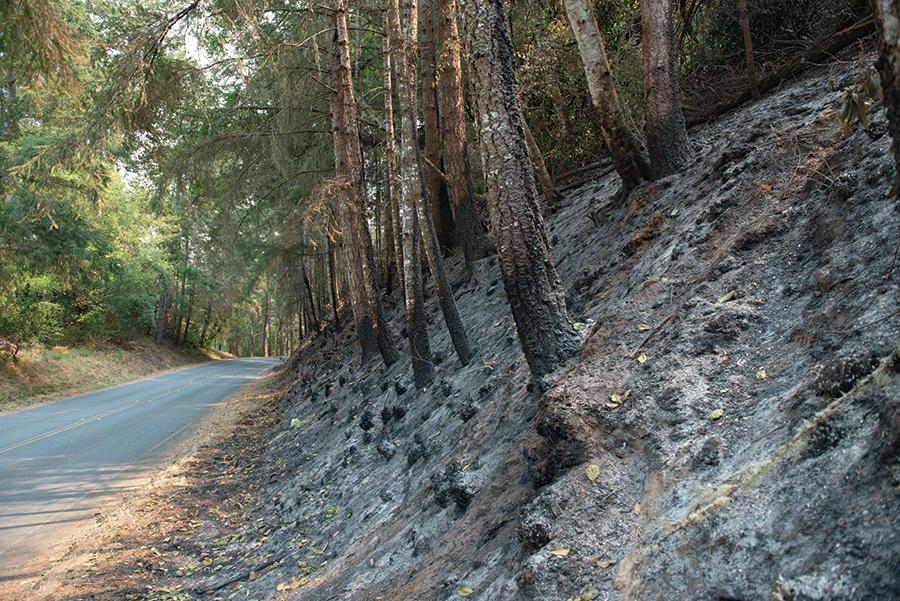Anxiety has turned to cautious optimism as containment approaches 100 percent on the Woodward Fire this week. Lower humidity and temperatures approaching triple digits . . .
Woodward Fire boxed in and under control


Anxiety has turned to cautious optimism as containment approaches 100 percent on the Woodward Fire this week. Lower humidity and temperatures approaching triple digits . . .